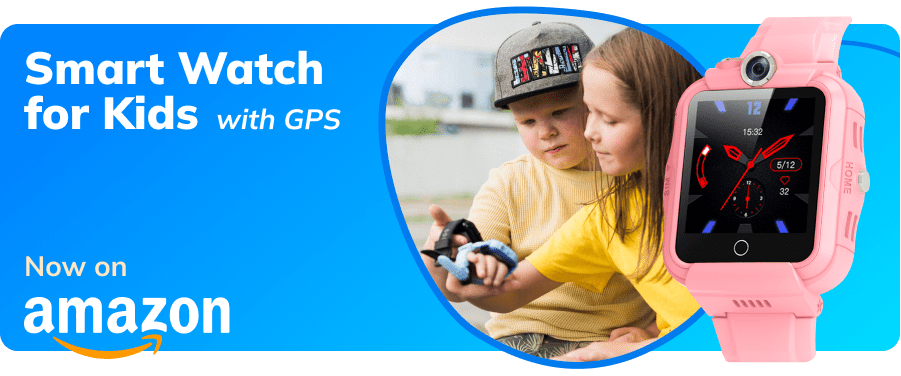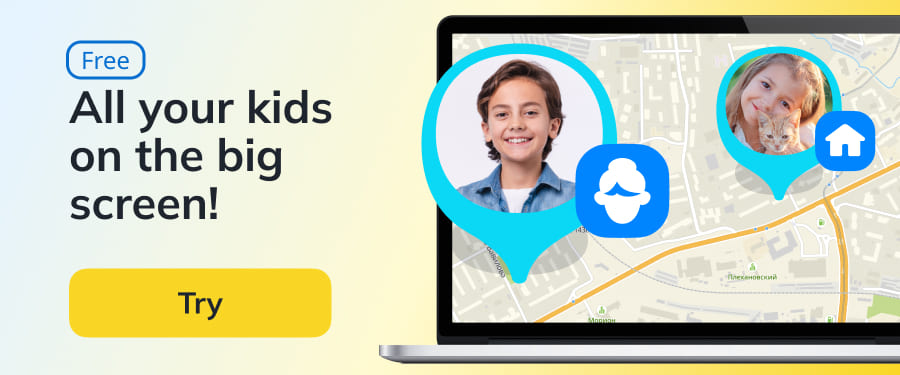Child Safety Online: What You Need to Know

Being online is as much a part of a child’s life as school or the playground. We teach them how to cross the street and say “thank you,” and we can just as calmly and without pressure talk about digital safety. After all, behind bright games and videos, risks can sometimes hide, and our support helps them deal with these risks.
Possible Online Risks for Children
Experts highlight four main groups of online risks—known as the 4Cs model: Content, Contact, Conduct, Contract/Consumer.
This simple framework helps understand the kinds of situations a child may face online:
- Content—the child may accidentally come across frightening, violent, or sexualized materials.
- Contact—strangers in games or social networks may message the child, try to befriend them, or influence their decisions. Sometimes this leads to cyberbullying or grooming (manipulative approaches by adults aimed at harming the child).
- Conduct—the child may, without understanding the consequences, share personal information, get involved in conflicts, or participate in dangerous challenges.
- Contract/Consumer risks—advertising, in-game purchases, and aggressive algorithms make the child vulnerable as a consumer.
Experts also note the internet’s influence on sleep, attention span, and overall well-being, especially in teenagers.
How Parents Can Help
We can’t—and shouldn’t—completely shield children from the internet. But we can help them feel more confident and safe in it. What helps:
- Talk and listen. Show interest in what your child plays and watches. Even if you don’t share their interests, your attention matters.
- Set agreements. Create simple rules about how much time they can spend online and when to take breaks.
- Be present. It’s better if your child comes to you with a question or worry than if they fear punishment.
- Do things together. Enable private mode, turn off geolocation, or report abusive users together—it’s not just about safety but also trust.
- Encourage critical thinking. Ask: “Why did you believe this?” “Who wrote it?” Such questions develop their ability to think critically.
Checklist: What to Review
Here’s a simple list to check together—calmly, without pressure—so your child feels safe and understands the process:
What to Keep in Mind
Technology is part of a child’s life. We can’t switch this world off, but we can make it clearer and safer. Through our attention, support, and calm presence, we show them that there’s always an adult who will help, understand, and never judge.
References:
- Online Privacy Checklist for Parents, UNICEF, 2024
- Parental Mediation in the Digital Age: A Systematic Review of European Research, Children and Youth Services Review, 2025
- How to Support Your Child Through a Negative Online Experience, UNICEF Georgia, 2024
- Children in the Digital Environment: Revised Typology of Risks, OECD Digital Economy Papers, 2020
Проверьте электронный ящик




















